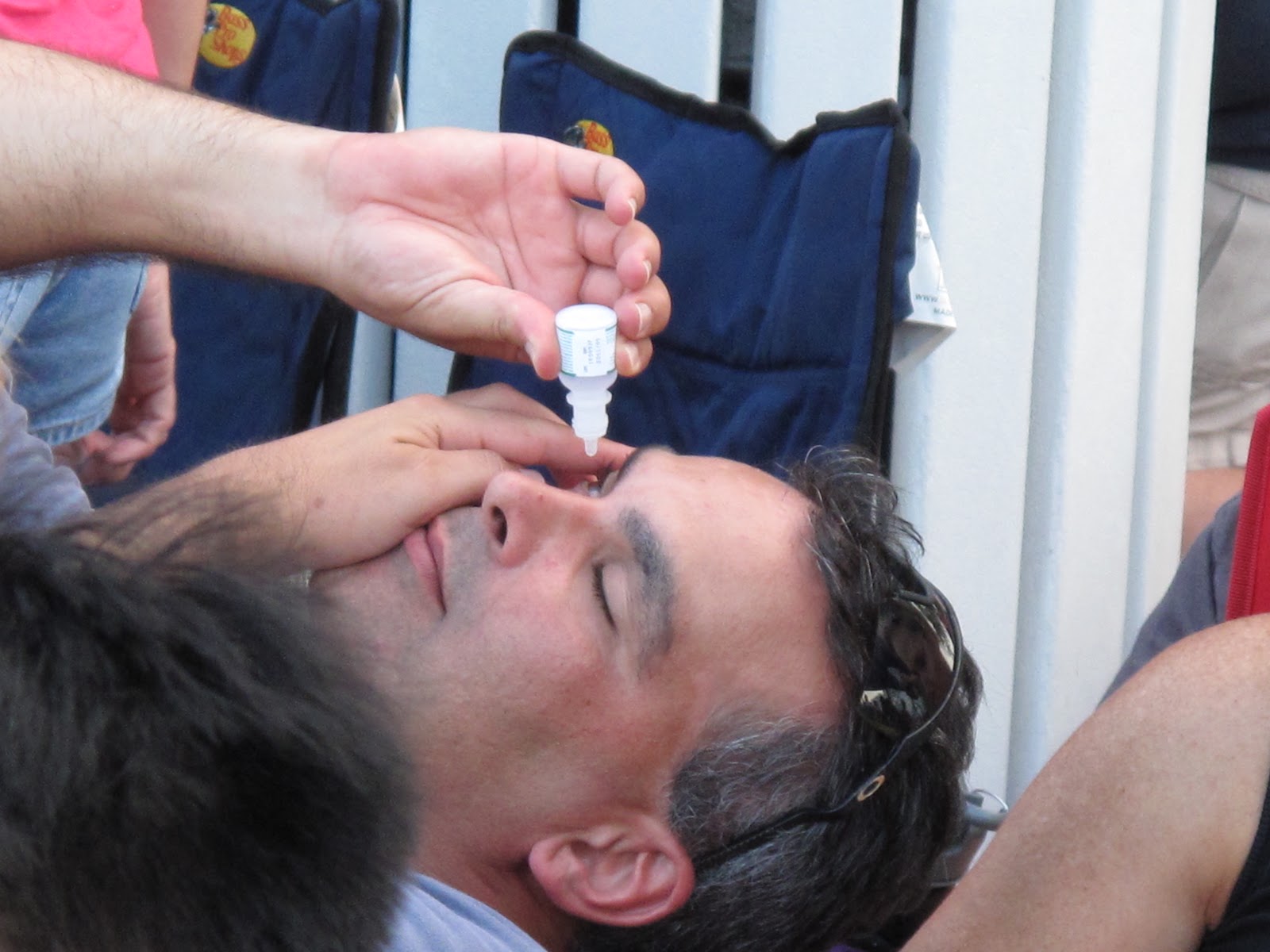Absorption of drugs by Non per Oral Route.
Movement of the unchanged form of drug molecules from site of administration to systemic circulation is called absorption.
Non-per oral absorption indicates drug administration routes other than the oral route, which bypasses the GIT & enters the systemic circulation.
Some of the non-oral absorptions are discussed here:
Buccal-Sublingual Administration:

Buccal Route :
Sublingual Route:
2) Rectal Route:

The rectum is the ending portion of the large intestine, approximately 15 cm long, from the colon to the anal sphincters.
It can be used as a drug delivery route for both local and systemic effects.
Drugs are absorbed majorly by passive diffusion.
Advantages:
Disadvantages:
Factors to be considered:
Presence of fecal material.
Drug irritation.
pH of rectal fluid which is almost 8.
Limited surface area of rectum.
3) Vaginal Route:
It is not commonly used but has the advantages of bypassing the first-pass effect and can serve as an effective method for local and systemic therapy.
Most of the time it is intended for local action to treat bacterial or fungal infections.
Drugs are absorbed majorly by passive diffusion.
Advantages:
Disadvantages:
Factors to be considered:
Examples:
4) Intranasal Route:

Drugs administered in the nasal cavity get absorbed rapidly directly into the systemic circulation.
The drugs given by this route can even bypass the BBB, and hence the route is gaining popularity for CNS targeting drugs.
Drugs are mainly absorbed by passive diffusion and pore transfer techniques.
Advantages:
Rapid absorption.
Can bypass BBB.
Disadvantages:
Factors to be considered:
Examples:
5) Intraocular Route:

Administration of a drug within the eye.
Intraocular drugs are almost always used for their local effects.
Drugs are absorbed mainly by passive diffusion.
Advantages:
Disadvantages:
Factors to be considered:
Examples:
6) Topical Route:
The skin is the largest organ of the human body.
Many of the time the drugs are applied on the skin for local effects, the mode is termed the Topical route.
When the drugs are applied on the skin for the systemic effects the mode is called percutaneous or transdermal route.
The main barrier for drug absorption is “Stratum corneum”.
The drugs are absorbed by passive diffusion.
Liniments, lotions, ointments, creams etc are conventional dosage forms while transdermal patches, implants are modern dosage forms used for this route of administration.
Advantages:
Easy application.
Lack of gastric hostility, first pass effect.
Reduced dosing frequency: Increased patient compliance.
Disadvantages:
Some drugs may cause skin irritation.
Improper absorption of certain drugs.
May cause inconvenience to the patients.
Factors to be considered:
Examples:
7) Pulmonary Route:

Drugs are administered by inhalation for local as well as systemic effects; they are absorbed through the vast and highly vascularised surface area of alveoli.
Drug absorption takes place by passive diffusion (lipophilic drugs) and pore transport (hydrophilic drugs).
Advantages:
Disadvantages:
Some drugs may cause irritation.
Some vehicles are known to stimulate respiratory secretions.
Action being rapid can not be controlled easily.
Factors to be considered:
Particle size of the drug.
Effects of drug and propeller on mucus thickness, mucociliary clearance.
Properties of propeller used.
8) Intra Subcutaneous Route:

Drug is injected into subcutaneous tissue present below the skin.
Shows complete absorption as blood supply is comparatively good.
Generally, absorption of drugs from a s.c. site is slower than that from i.m. sites due to poor perfusion than in muscles.
However the absorption from this route can be enhanced by addition of a vasodilator.
Drugs are absorbed by passive diffusion.
Advantages:
Disadvantages:
Examples:
Adrenaline.
Insulin.
Heparin.
Morphine.
9) Intramuscular Route:

DRugs are injected inside the muscular mass from where they get absorbed.
The absorption takes place by many mechanisms like: Passive diffusion, Pore transport, Endocytosis.
Absorption of drugs from i.m. sites are relatively rapid but much slower in comparison to i.v. injections.
Advantages:
Disadvantages:
Factors to be Considered:
Vascularity of the injection site.
Lipid solubility and ionization of drugs.
Molecular size of the drug.
Volume of injection and drug concentration.
pH, composition and viscosity of the injection vehicle.
Examples:
Penicillin G.
Progesterone.
Commonly Asked Questions:
Discuss Buccal route and sublingual route as a route of drug administration.
Discuss the factors to be considered while using intramuscular route of administration.
Wite a note on factors affecting drug absorption through Non per Oral Routes.
Labels: Biopharmaceutics, Pharmaceutics

